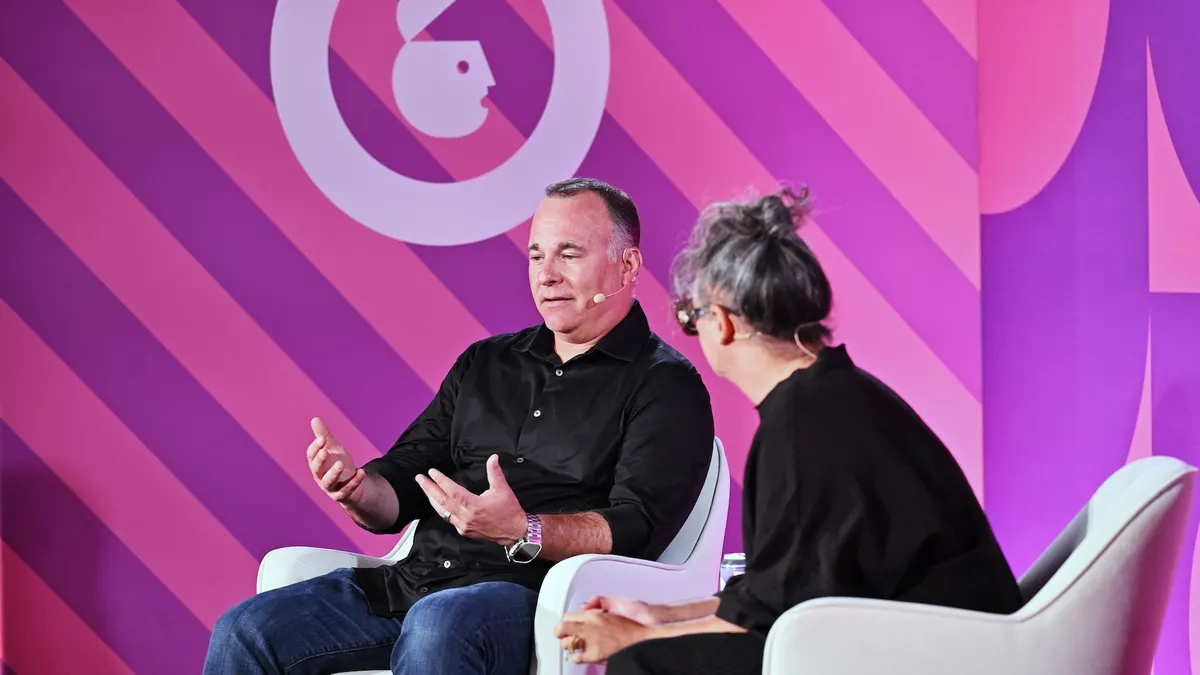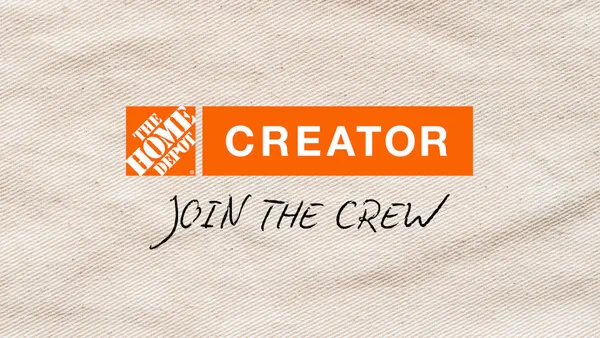Dive Brief:
-
Fohr Card, a specialist in online influencer marketing, created a way to verify that marketers are reaching real-life humans on Instagram, the photo-sharing app with more than 600 million active users, according to a press release. The goal is to help advertisers avoid paying for viewership that is generated from fake accounts controlled by computer algorithms.
-
Bot fraud can be a significant waste of money for mobile advertisers who pay influential people to tout a product or service on social media. New York-based Fohr Card analyzed 20 million Instagram accounts and determined that about 8% of their followers were bots, not real people.
- "Since spend on influencer marketing campaigns is projected to hit $1 billion this year, this finding suggests that nearly $80 million dollars could be wasted on influencer marketing this year," Fohr Card said in a statement.
Dive Insight:
Fohr Card says its new scoring system, which can be used to identify Instagram influencers with the highest-quality following, will guarantee that brand advertisers pay for campaign impressions that reach only verified human followers. If Fohr Card’s analysis is correct that 8% of Instagram accounts are fake, that means 48 million of Instagram’s estimated 600 million users are possibly bots.
Fake accounts are a significant problem for advertisers, and social media companies like Facebook, which bought Instagram for about $1 billion five years ago, and Twitter, are taking steps to eliminate their proliferation. Facebook last week cracked down on Instagress, a service that allowed Instagram users to pay for fake followers as a way to create the impression of having a bigger mobile following.
Meanwhile, as much as 15% of Twitter users may be fake, according to a study published last month by researchers at the University of Southern California and Indiana University. Fake accounts and social bots are associated with unsavory activities that would make any marketer shiver: “Some emulate human behavior to manufacture fake grassroots political support, promote terrorist propaganda and recruitment, manipulate the stock market and disseminate rumors and conspiracy theories,” the study said.
Just as last year’s “Methbot” scam was estimated to have defrauded marketers by as much as $180 million by delivering online ads to fake people, advertisers need to be wary of paying to reach fake followers on social media. That will require vigilance against bot fraud that becomes more sophisticated and harder to detect without tools that also evolve to combat it











